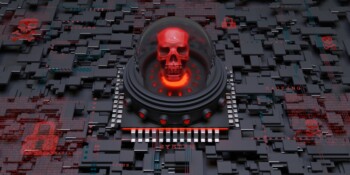
Table of Contents
In the ever-evolving landscape of cybersecurity, Chief Information Security Officers (CISOs) find themselves facing a formidable adversary – the hacker. To effectively combat cyber threats, it’s crucial for CISOs to understand the hacker mindset.
In this blog post, we’ll delve into the intricacies of the hacker’s mind, exploring their motivations, methodologies, and the proactive strategies CISOs can employ to stay one step ahead.
Unveiling the Hacker Mindset
1. Curiosity and Exploration:
At the core of the hacker mindset lies an insatiable curiosity. Much like a relentless explorer, hackers are driven by a desire to understand systems, networks, and vulnerabilities. CISOs should recognize that this innate curiosity isn’t inherently malicious. It’s the application of this curiosity that determines whether a hacker becomes a threat or a cybersecurity ally.
2. Problem-Solving Prowess:
Hackers are natural problem solvers. They approach security systems as puzzles waiting to be deciphered. This problem-solving mindset enables them to identify weaknesses that others may overlook. CISOs can leverage this insight by fostering a similar culture within their cybersecurity teams – encouraging creative thinking and alternative perspectives in the pursuit of airtight security.
3. Adaptability and Resilience:
Cyber threats are dynamic, constantly evolving to circumvent security measures. The hacker mindset is marked by adaptability and resilience – traits essential in navigating an ever-changing digital landscape. CISOs must instill a similar resilience within their teams, emphasizing the importance of staying informed, agile, and prepared to counter emerging threats.
Hacker’s Mind – Motivations Behind Hacking
1. Financial Gain:
One of the primary motivations for hacking is financial gain. Cybercriminals often target organizations with the intent to steal sensitive data, such as financial information or intellectual property, for monetary benefit. CISOs need to implement robust defenses to safeguard against these financially-driven attacks, including encryption, access controls, and continuous monitoring.
2. Ideological Motivations:
Some hackers are motivated by ideology, seeking to promote a particular cause or challenge established norms. These individuals may engage in activities like hacktivism, targeting entities that they perceive as adversaries. CISOs should remain vigilant to the potential for ideologically-driven attacks, understanding the specific motivations behind these actions to better prepare for and mitigate such threats.
3. Intellectual Challenge:
For many hackers, the thrill lies in overcoming intellectual challenges. Breaking into secure systems provides a sense of accomplishment and mastery over complex technologies. CISOs can channel this motivation positively by creating controlled environments for ethical hacking and penetration testing within their organizations, allowing skilled individuals to challenge and improve security measures.
Hacker’s Mind – Strategies for CISOs
1. Embrace Ethical Hacking:
Ethical hacking, or penetration testing, involves simulating cyber attacks to identify vulnerabilities within a system. CISOs can proactively adopt this approach, engaging ethical hackers to assess and strengthen their organization’s security posture. By understanding how their systems can be exploited, CISOs can preemptively address potential weaknesses.
2. Prioritize Employee Education:
Human error remains a substantial factor in cybersecurity breaches. CISOs should prioritize ongoing education and training for employees to cultivate a culture of security awareness. When individuals understand the potential risks and their role in preventing cyber threats, the overall security of an organization is greatly enhanced.
3. Implement a Zero-Trust Model:
The traditional model of trusting everything within a network until proven otherwise is becoming obsolete. CISOs should consider adopting a zero-trust model, where trust is never assumed and verification is required from anyone trying to access resources within the network. This approach minimizes the potential damage even if a breach occurs.
4. Stay Informed About Emerging Threats:
Knowledge is a powerful weapon against cyber threats. CISOs must stay abreast of the latest developments in the cybersecurity landscape. This includes understanding new attack vectors, emerging malware, and evolving tactics employed by hackers. Regularly updating security protocols based on this knowledge is essential for maintaining a robust defense.
5. Foster Collaboration within the Industry:
Cybersecurity is a collective effort. CISOs should actively engage in information sharing and collaboration with peers in the industry. By understanding the threat landscape and learning from others’ experiences, CISOs can fortify their defenses and create a united front against cyber threats.
Conclusion
In the ongoing battle for digital security, understanding the hacker mindset is not an endorsement of illicit activities but a strategic necessity. By comprehending the motivations and methodologies of hackers, CISOs can develop proactive strategies to safeguard their organizations.
Embracing ethical hacking, prioritizing employee education, implementing a zero-trust model, staying informed about emerging threats, and fostering industry collaboration are key elements in the CISO’s arsenal against the ever-evolving landscape of cyber threats. As the saying goes, “Know your enemy” – a maxim that holds true in the world of cybersecurity.
Read more on https://cybertechworld.co.in for insightful cybersecurity related content.





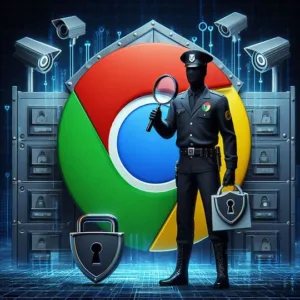
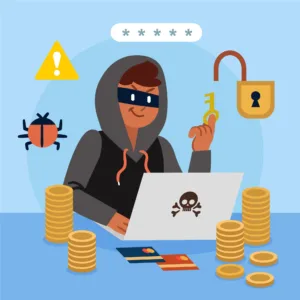
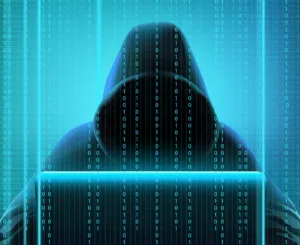


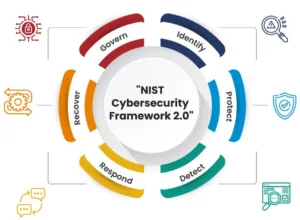

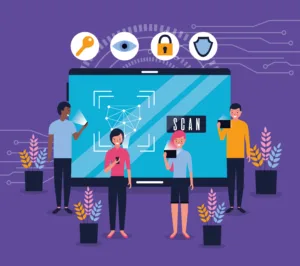
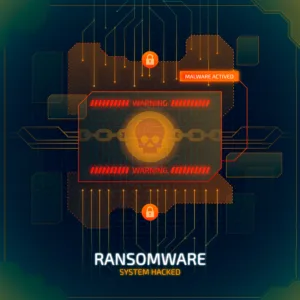



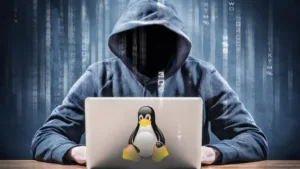

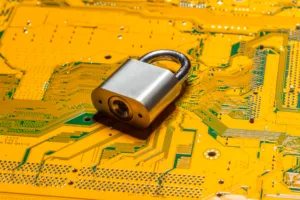
Your article helped me a lot, is there any more related content? Thanks!